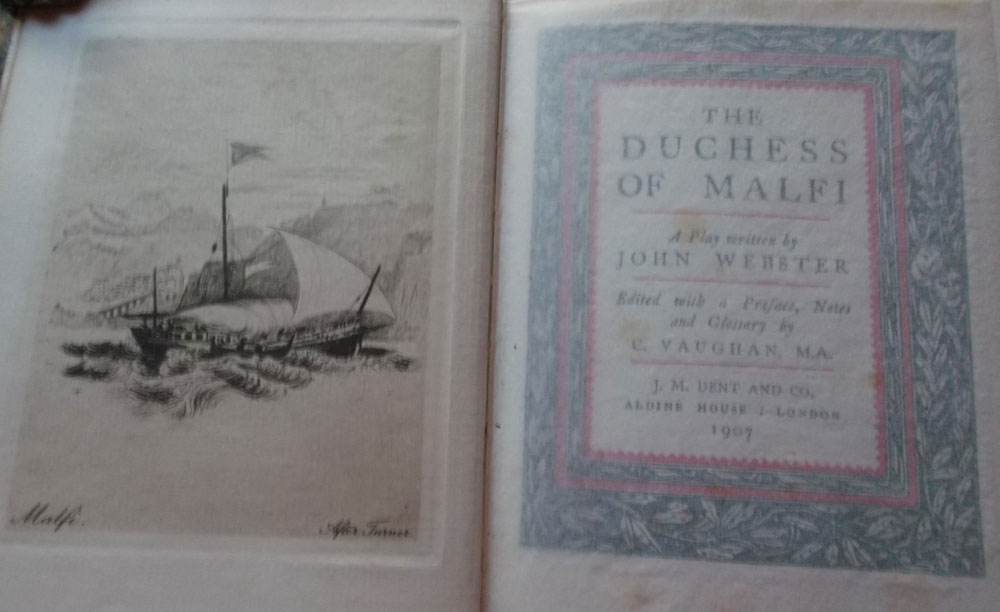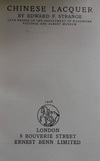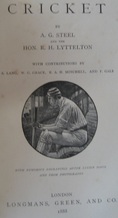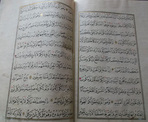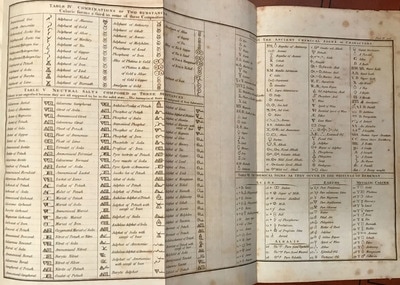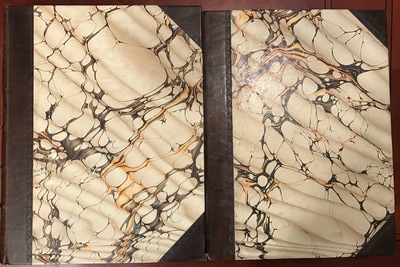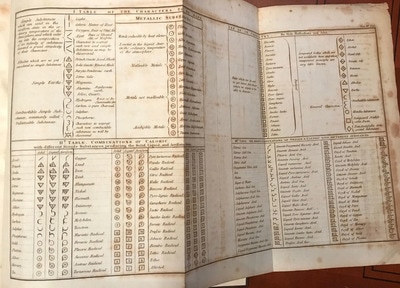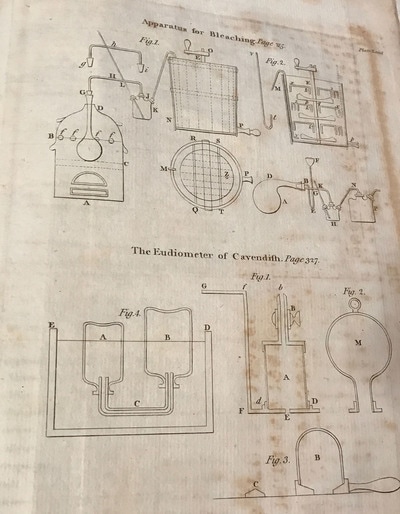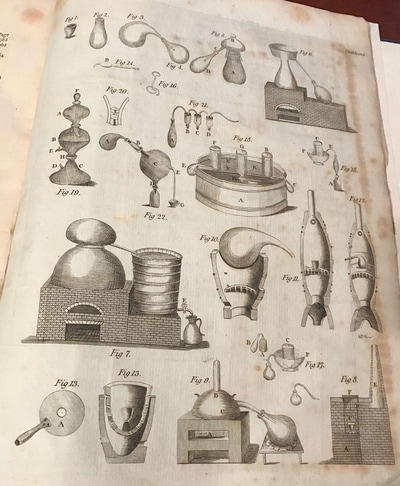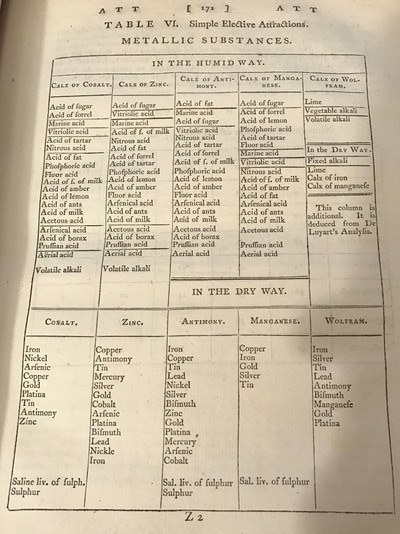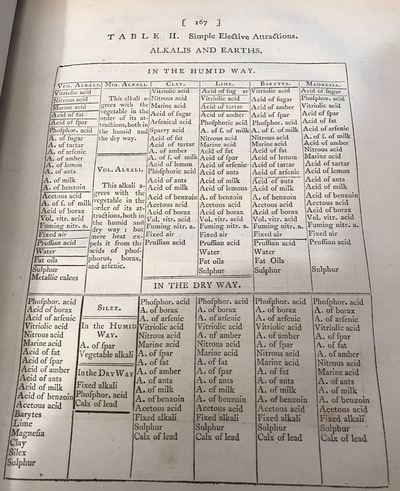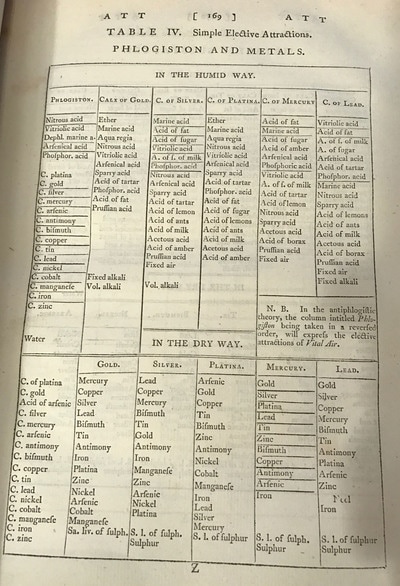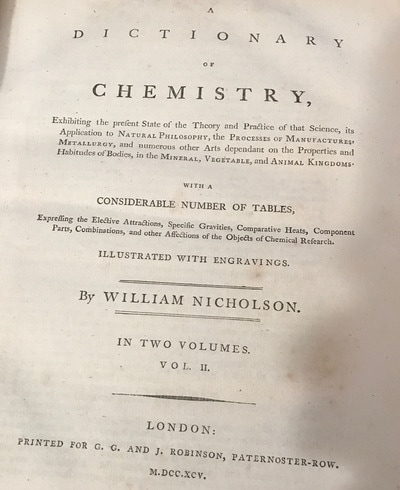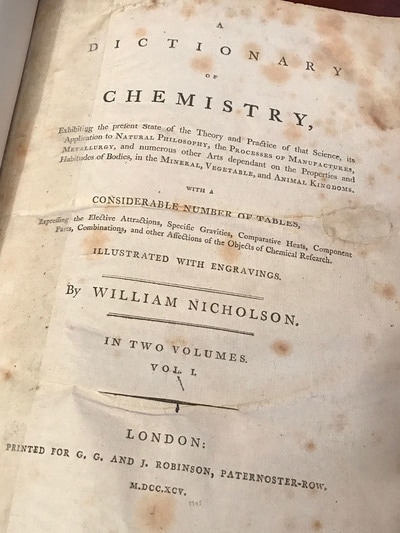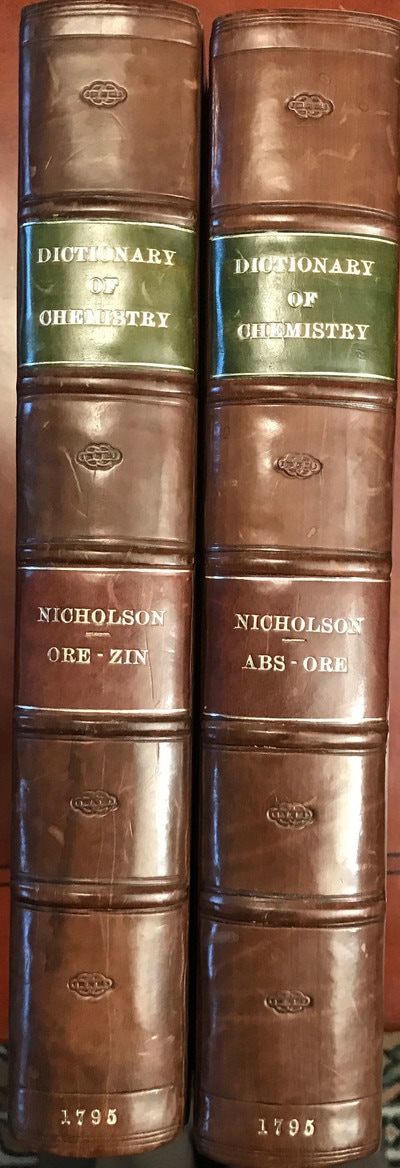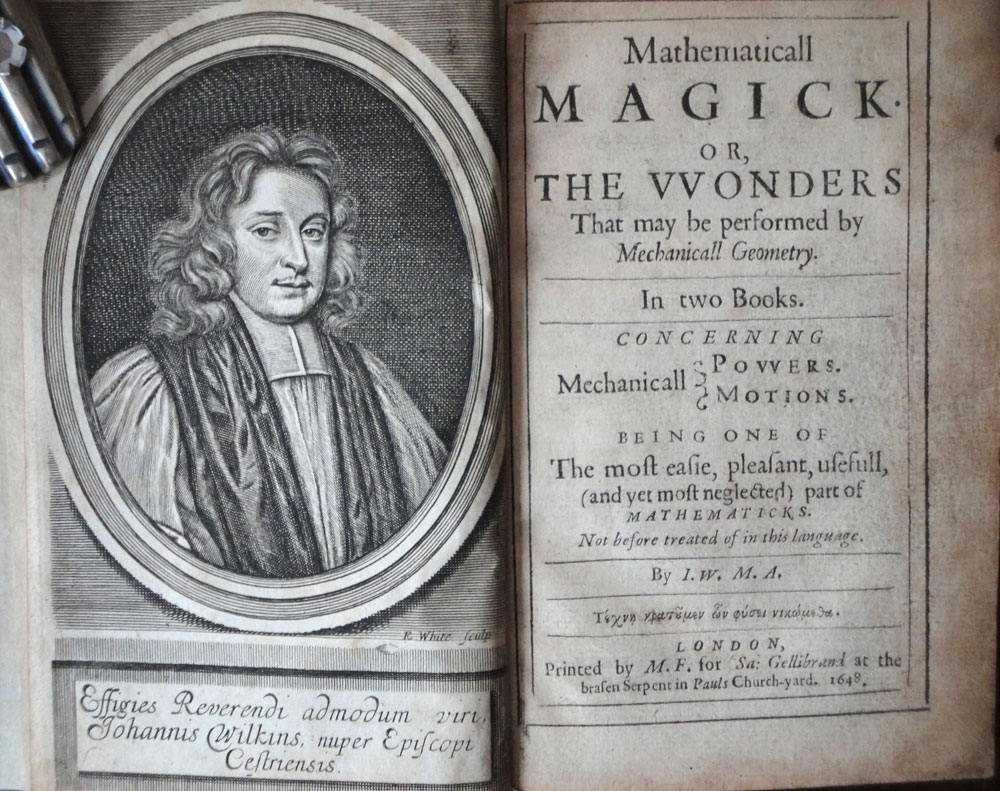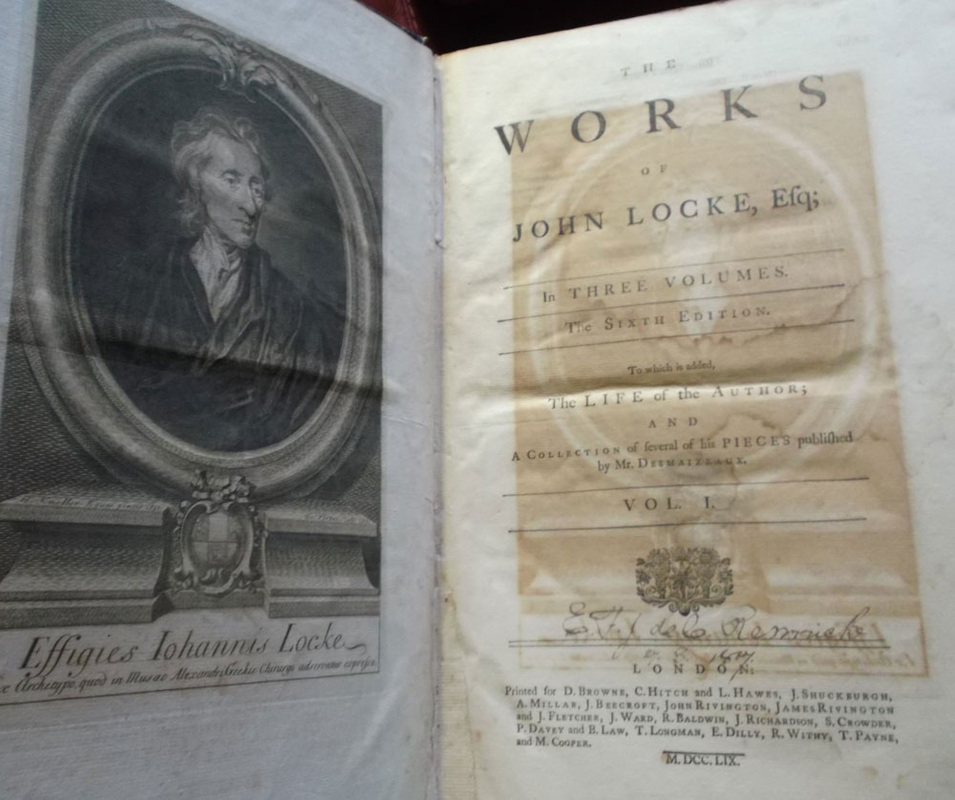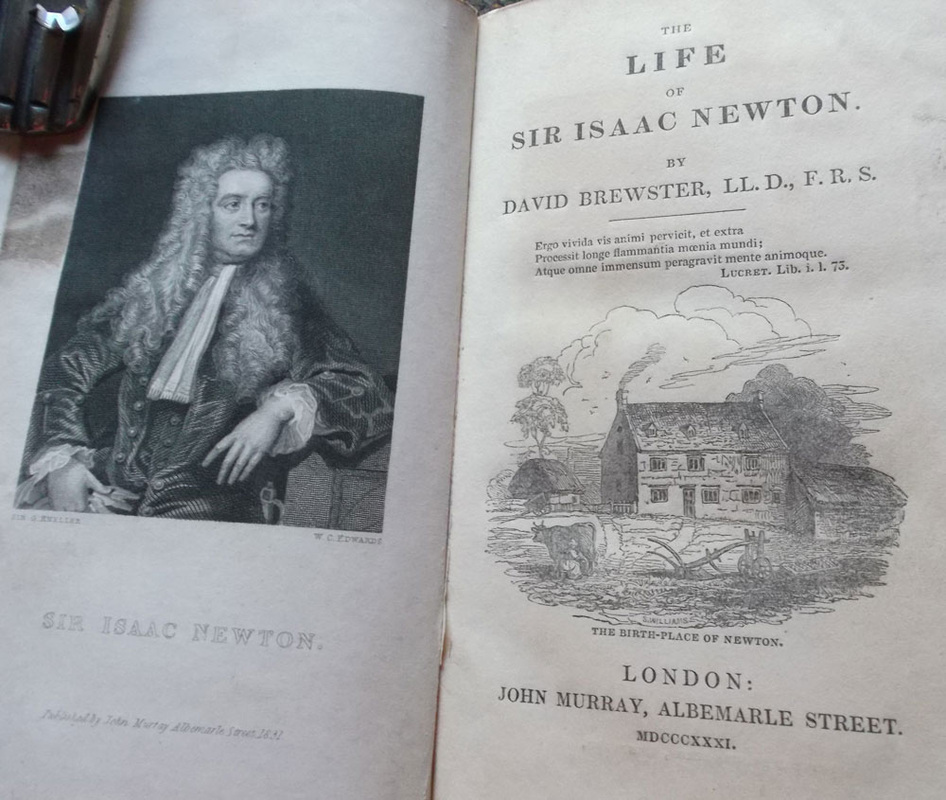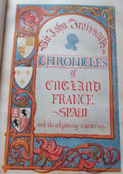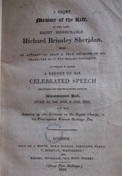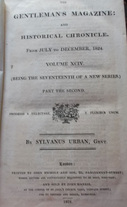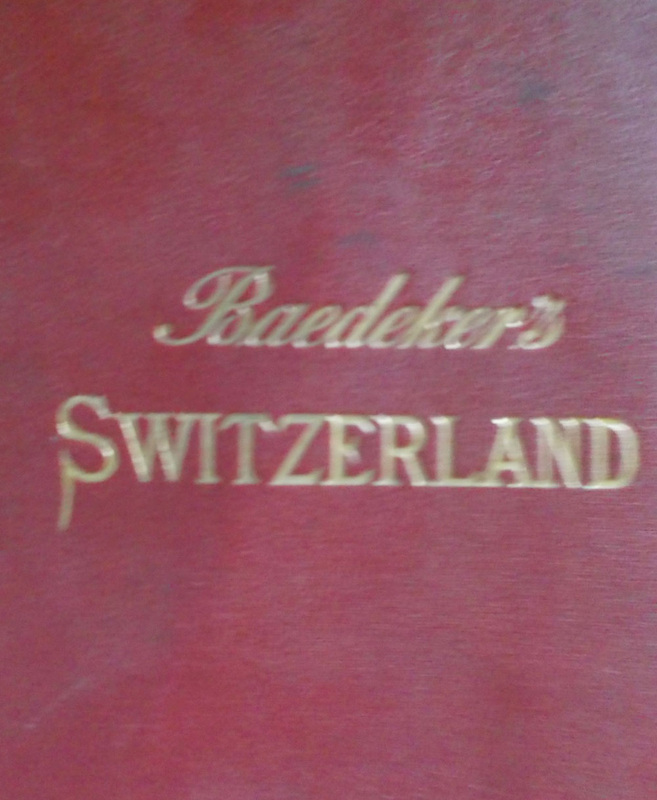back to rare books
1. Homer lliad'
|
3. Renaissance of Italy'
|
4. MCLEAN, JOHN,
|
5. Contes Du Lundi'
|
6. The Duchess of Malfi
|
7. Edward F. Strange,
|
8. The Badmington Library;-Cricket
|
9. 16th. Century Islamic
|
10. William Nicholson
|
|
11.John Wilkins,
|
12. Lexicon Technicum.
or, an Universal English Dictionary of Arts and Sciences:
Explaining not only the Terms of Art, but the Arts Themselves Harris, John.(1666-1719) Price: $15,000 Buy now Lexicon Technicum: Or, An Universal English Dictionary of Arts and Sciences: Explaining not only the Terms of Art, but the Arts Themselves was in many respects the first alphabetical encyclopaedia written in English. Although the emphasis of the Lexicon Technicum was on mathematical subjects, its contents go beyond what would be called science or technology today, in conformity with the broad eighteenth-century understanding of the terms "arts" and "science," and it includes entries on the humanities and fine arts, notably on law, commerce, music, and heraldry. In contrast, the Lexicon Technicum neglects theology, antiquity, biography, and poetry. The Lexicon Technicum was the work of a London clergyman, John Harris. Its professed advantage over French dictionaries of the arts and sciences was that it contained explanation not only of the terms used in the arts and sciences, but also of the arts and sciences themselves. Harris issued a three-page proposal for this work in 1702, and the first edition, in one Folio volume, was published in London in 1704. A second edition appeared 1708. Volume 2, separately alphabetised, was published in 1710. The first volume contains 1220 pages, 4 plates, and many additional diagrams and figures within the text. Like many early English encyclopedias, the pages are not numbered; numbering may have been thought unnecessary as readers could search by its alphabetical arrangement. In his preface, Harris stated that he got less help from previous dictionaries than one would expect. While acknowledging some borrowing, Harris insisted that "much the greater part of what [the reader] will find here is collected from no Dictionaries, but from the best Original Authors I could procure." Harris's preface justifiably touted his coverage of mathematical subjects. He admitted the imperfection of his data on stars, noting that Flamsteed had refused to assist him, but he vaunted his coverage of astronomy, especially his full coverage of Newton's theories of the moon and of comets. In botany he claimed to have given "a pretty exact botanick lexicon, which was what we really wanted before," using Dr. John Ray's method. To describe the parts of a ship accurately, he supposedly "often" went on board himself. In law, he wrote, he abridged from the best writers and had the result "carefully examined and corrected by a Gentleman of known Ability in that Profession." The specified aims of the book did not prevent Harris from including some highly opinionated asides, for example this definition conveying the poor view he took of lawyers: "Sollicitor, is a Man imploy'd to take care of, and follow Suits depending in Courts of Law, or Equity, formerly allowed only to Nobility, whose Menial Servants they were; but now too frequently used by others, to the damage of the People, and the increase of Champerty and Maintenance.' Harris wrote that he had wished to supply an index for each art and science as well as more plates on anatomy and ships, but the undertakers could not afford it, "the Book having swelled so very much beyond the Expectation." A review of his work, extending to the unusual length of four pages, appeared in the Philosophical Transactions for 1704. A second volume, 1st. Edition of 1,419 pages and 4 plates appeared in 1710, with a list of about 1300 subscribers. A previously unpublished treatise on acids by Issac Newton was included, perhaps without the latter's permission or encouragement. A large part of the volume consists of mathematical and astronomical tables, since Harris intended his work to serve as a small mathematical library. John Harris provided tables of logarithms, sines, tangents, and secants, a two-page list of books, and an index of the articles in both volumes under 26 heads, filling 50 pages. The longest lists are for Law (1700 articles), Surgery, Anatomy, Geometry, Fortification, Botany, and Music. The Lexicon Technicum was very popular, enduring through at least to 1744 as the main rival of Ephraim Chambers's Cyclopaedia. A third edition was published in two folio volumes in 1716-23; a fourth edition was published in one folio volume in 1725; and a fifth edition was published in two folio volumes in 1736. Lastly, an anonymous one-volume supplement appeared in 1744, with 996 pages and 6 plates. This work was allegedly "not well received," being perceived by contemporaries as a mere "booksellers speculation."In any case, no new editions of the Lexicon Technicum were published thereafter.2 Vols. 1708 -2nd edition. 1708-1710 John Harris, Lexicon Technicum: Or, an Universal English Dictionary of aArts and Sciences: Explaining not only the terms of art, but the arts themselves. 2 vols., folio. Engraved portrait frontispiece of John Harris by G. White after R. White in Vol. I, 14 engraved plates, text woodcuts. London: Dan Brown, Tim. Goodwin, John Walthoe [etc.], 1708-1710. 320 x 205 mm. Panelled calf ca. 1708-10, re-backed spine, with gilt lettering within a red label, endpapers renewed. First Edition of the first English dictionary of arts and sciences, and the earliest modern encyclopedia of science. Harris was the first to make the distinction between "word-books" (dictionaries) and "subject-books (encyclopedias), and his Lexicon Technicum is the first English encyclopedia to be arranged in alphabetical order. Harris relied heavily on the writings of Isaac Newton as a source, quoting lengthy excerpts from them under such headings as "Attraction," "Colour," "Fluxions," "Gravity," "Light," and "Motion." The introduction to Vol. II contains the first printing (in Latin and English) of Newton's "De natura acidorum," his only published work on chemistry; and the articles "Quadrature" and "Curves" give the first English translations of the "Two treatises" from Newton's Opticks. The subscription list in Vol. II has Newton down for a large paper copy of the Lexicon. Complete sets Lexicon Technicum are Rare/Scarce…. |
|
13. John Locke;-
|
14. David Brewster.
|
15. John Froissart,
|
16. A Short Memoir of the Life of the late Richard Brinsley Sheridan
|
17. The Gentleman’s Magazine; and Historical Chronicle;- by Sylvanus Urban.
|
18. Switzerland’
|
19. An Address to the Irish People’
|




